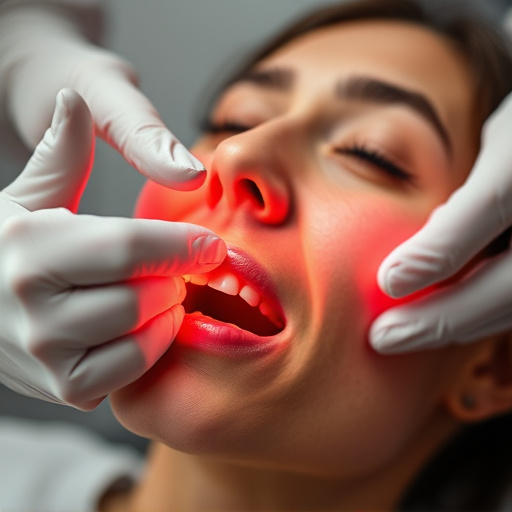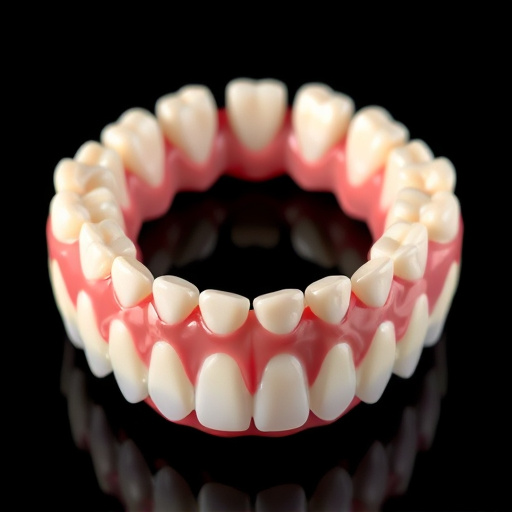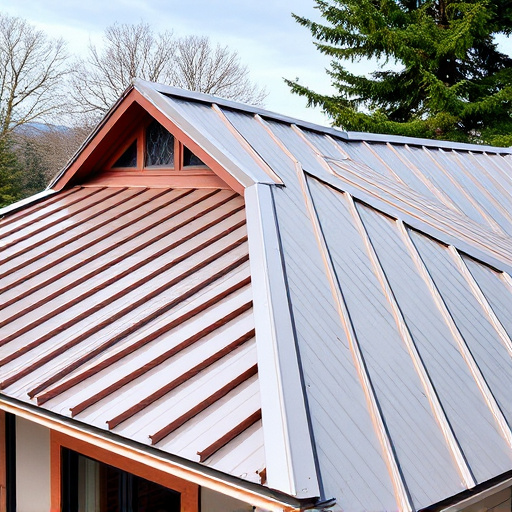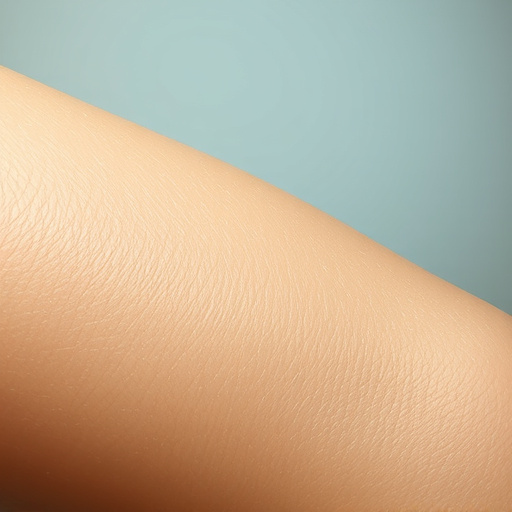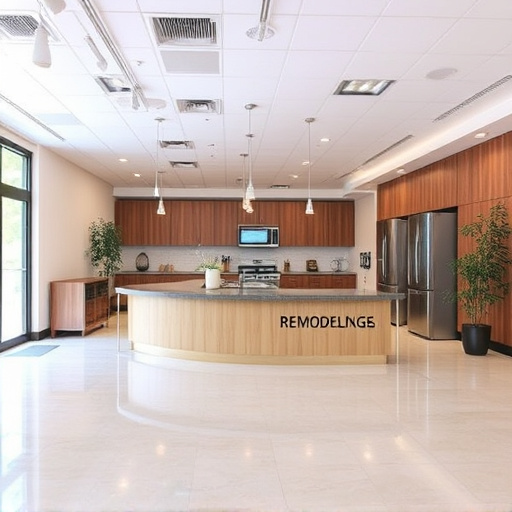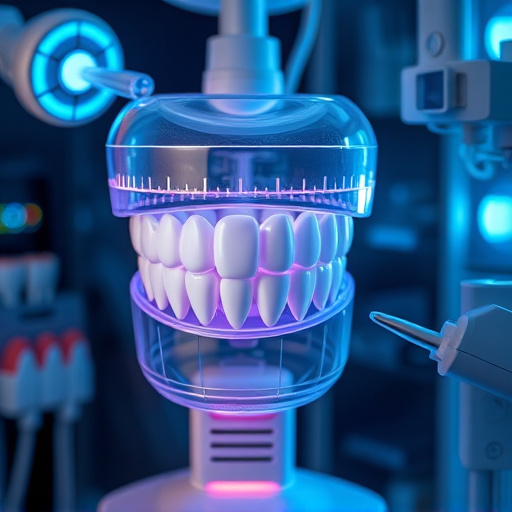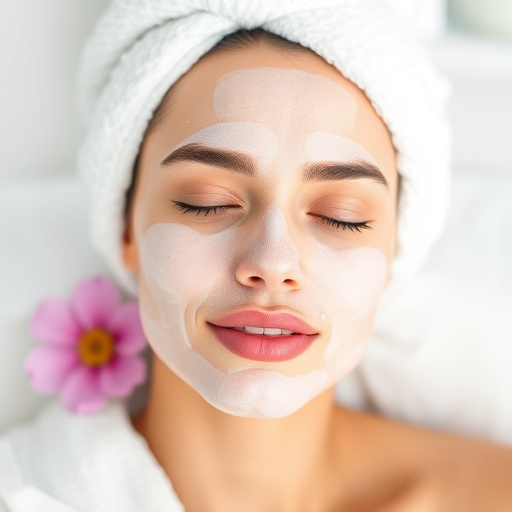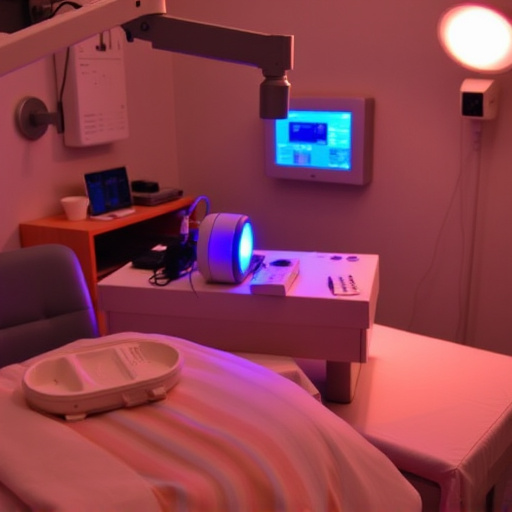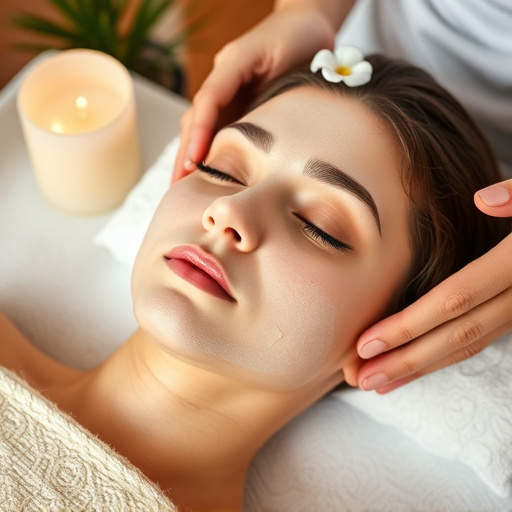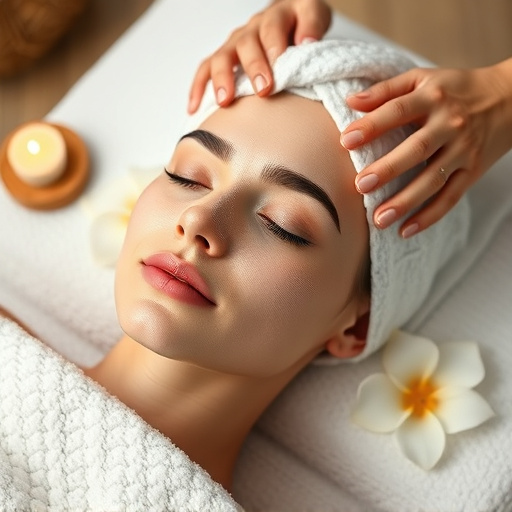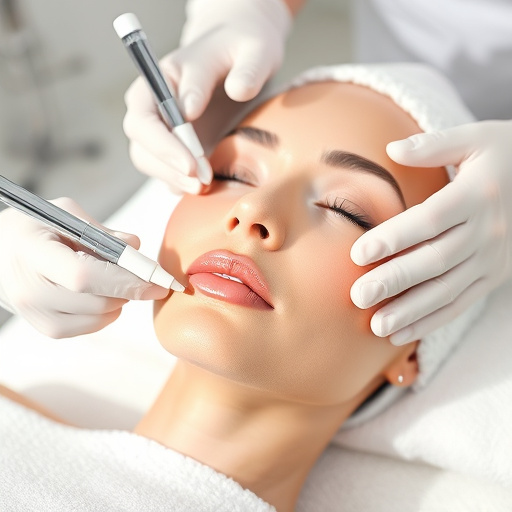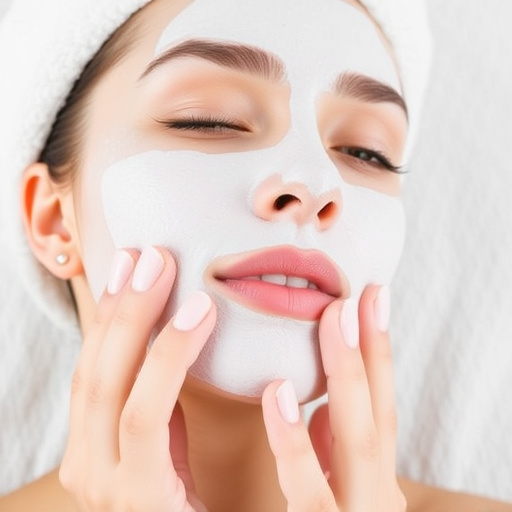Individuals with darker skin tones experiencing razor bumps can find effective treatments beyond traditional methods. Professional skincare like laser hair removal reduces hair growth and scarring. Using gentle, anti-inflammatory products designed for sensitive skin is beneficial. Topical creams with hydrocortisone or calamine offer immediate relief from inflammation and itching. Natural remedies like aloe vera and tea tree oil also show effectiveness. Consistency in care, including gentle drying, moisturizing, exfoliation, and proper shaving techniques, prevents further irritation. Incorporating tailored strategies for razor bump treatment and prevention ensures smoother, healthier skin.
“Razor bumps, a common issue affecting many, can be particularly persistent and unsightly for individuals with darker skin tones. This article delves into understanding the unique challenges of razor bump treatment for diverse skin types, focusing on effective solutions. We explore soothing inflammation and provide essential tips to prevent future occurrences. From targeted topical treatments to gentle skincare routines, discover a comprehensive guide to achieving smoother, healthier skin after shaving.”
- Understanding Razor Bumps and Their Impact on Darker Skin
- Effective Treatment Options for Soothing Inflammation
- Essential Tips for Preventing Future Razor Burns
Understanding Razor Bumps and Their Impact on Darker Skin
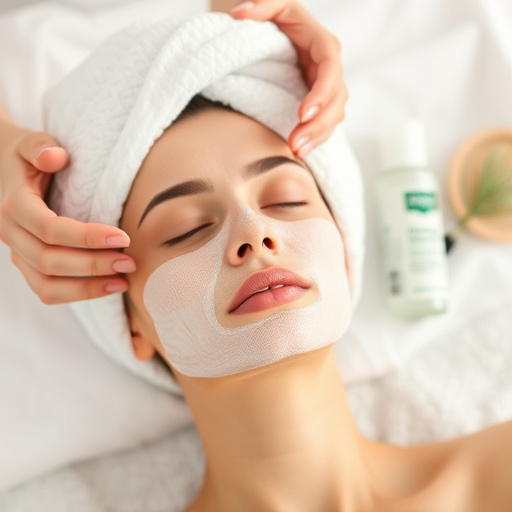
Razor bumps, also known as pseudofolliculitis barba, are a common skin irritation that occurs when the hair follicles on your legs, arms, or other areas subjected to shaving become blocked. For individuals with darker skin tones, razor bumps can be more pronounced due to various factors, including increased melanin production and the tendency for hair follicles to grow closer to the skin’s surface. This condition not only causes aesthetic concerns but can also lead to discomfort, itching, and even infection if left untreated.
Understanding the impact of razor bumps on darker skin is crucial in developing effective treatment strategies. Unlike lighter skin types that may heal faster due to lower melanin content, darker skin types require specialized care to prevent hyperpigmentation and other complications during the healing process. Professional skincare treatments, such as laser hair removal, can be particularly beneficial for managing razor bumps by reducing hair growth and minimizing scarring. Additionally, focusing on products designed for sensitive skin with ingredients that soothe inflammation and promote wound healing can help alleviate symptoms and achieve smoother, healthier-looking skin.
Effective Treatment Options for Soothing Inflammation
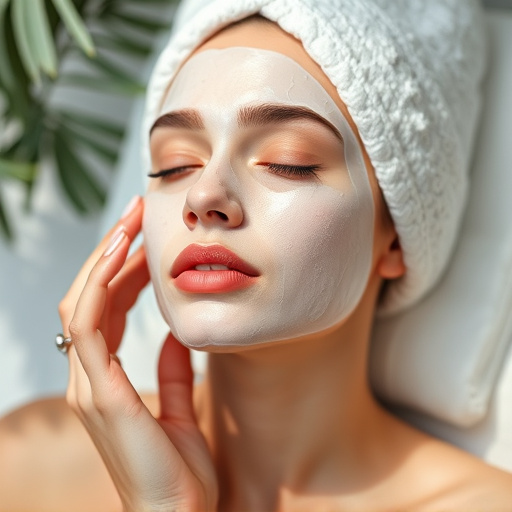
When it comes to soothing inflammation caused by razor bumps, several effective treatment options are available for individuals with darker skin types. Topical creams containing ingredients like hydrocortisone or calamine can provide immediate relief by reducing redness and itching. These agents help to calm the skin and prevent further irritation.
Additionally, natural remedies such as aloe vera gel and tea tree oil have been shown to be beneficial in managing razor bump inflammation. Aloe vera’s anti-inflammatory properties can help heal the skin, while tea tree oil possesses antimicrobial qualities that can combat any potential infection. Other acne treatments, like benzoyl peroxide or retinoids, can also be used to address the underlying causes of razor bumps and promote skin tightening, contributing to a smoother, more even complexion. Remember, consistent and gentle care is key to achieving effective razor bump treatment results without causing further distress to the sensitive skin.
Essential Tips for Preventing Future Razor Burns
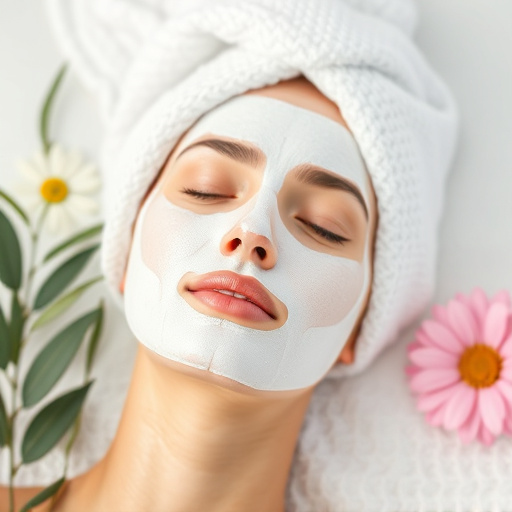
Preventing razor burns is key to maintaining healthy, smooth skin. After shaving, gently pat your skin dry instead of rubbing to avoid irritation. Moisturizing right after shaving helps seal in moisture and soothe irritated pores. Using a mild, fragrance-free moisturizer can significantly reduce the chances of getting razor bumps.
Incorporating regular exfoliation into your skincare routine is another effective strategy. Exfoliating removes dead skin cells that might clog pores and cause inflammation. However, be mindful not to overdo it; excessive exfoliation can damage sensitive skin. Look for chemical exfoliants with AHAs or BHAs, which are gentler on darker skin types compared to physical scrubs. Additionally, keeping your razor clean and sharp reduces tugging on the skin, minimizing potential damage and irritation. Prioritizing proper shaving techniques and using suitable products tailored to your skin type is essential for maintaining skin health and preventing future razor burn outbreaks.
Razor bumps can be a frustrating and unsightly issue, particularly for individuals with darker skin types. However, understanding the root causes and exploring effective treatment options can help manage and reduce these bumps. By soothing inflammation and adopting preventive measures, you can achieve smoother, healthier skin. Remember, consistency in your skincare routine is key to managing razor bump treatment, ensuring long-lasting results and a more comfortable shaving experience.

